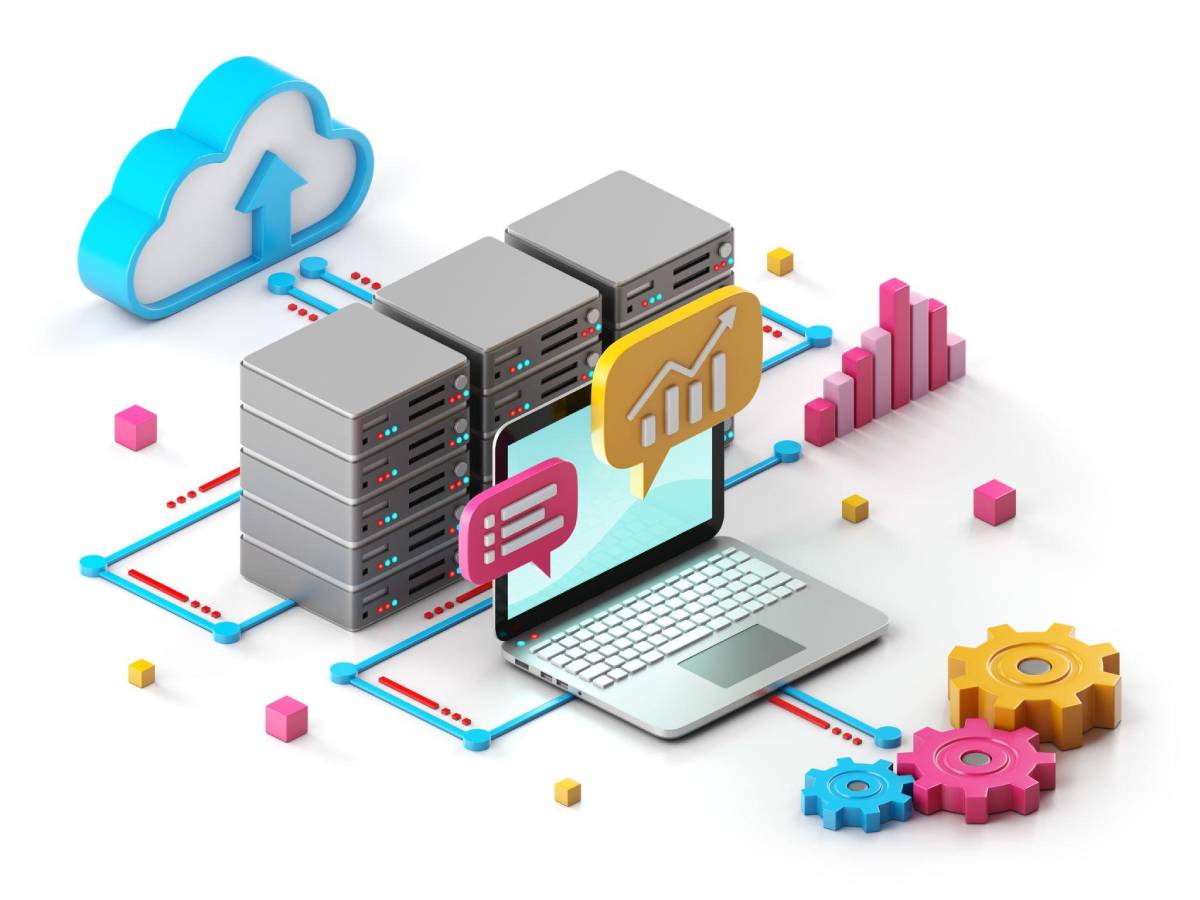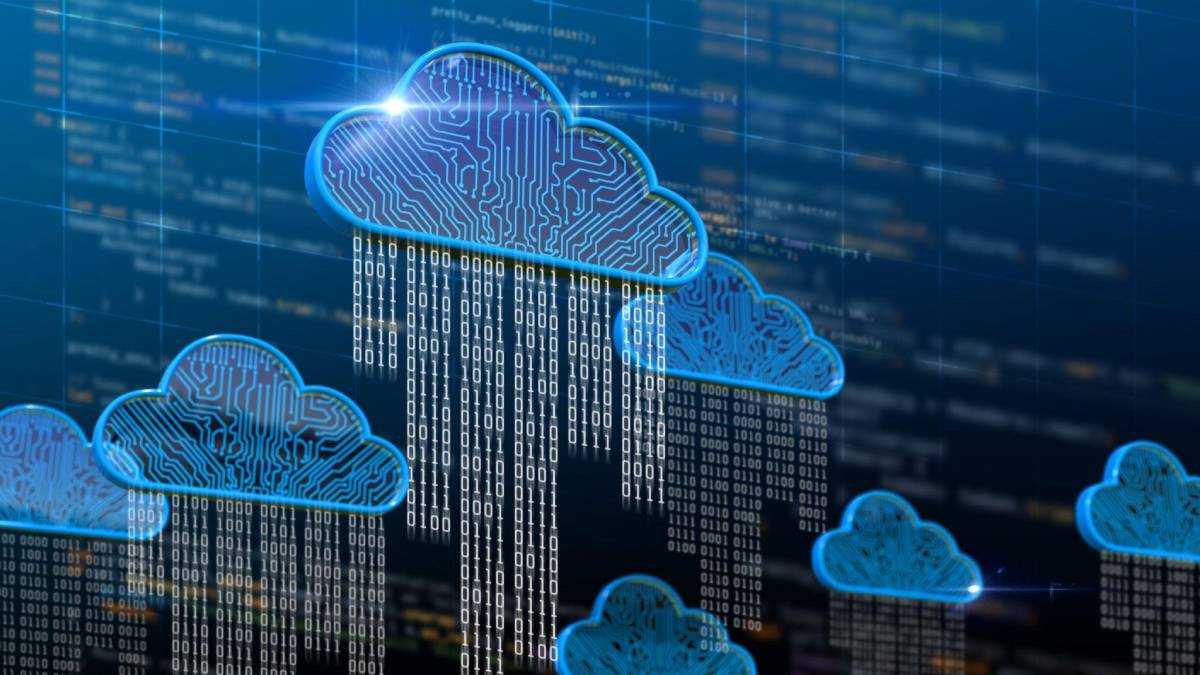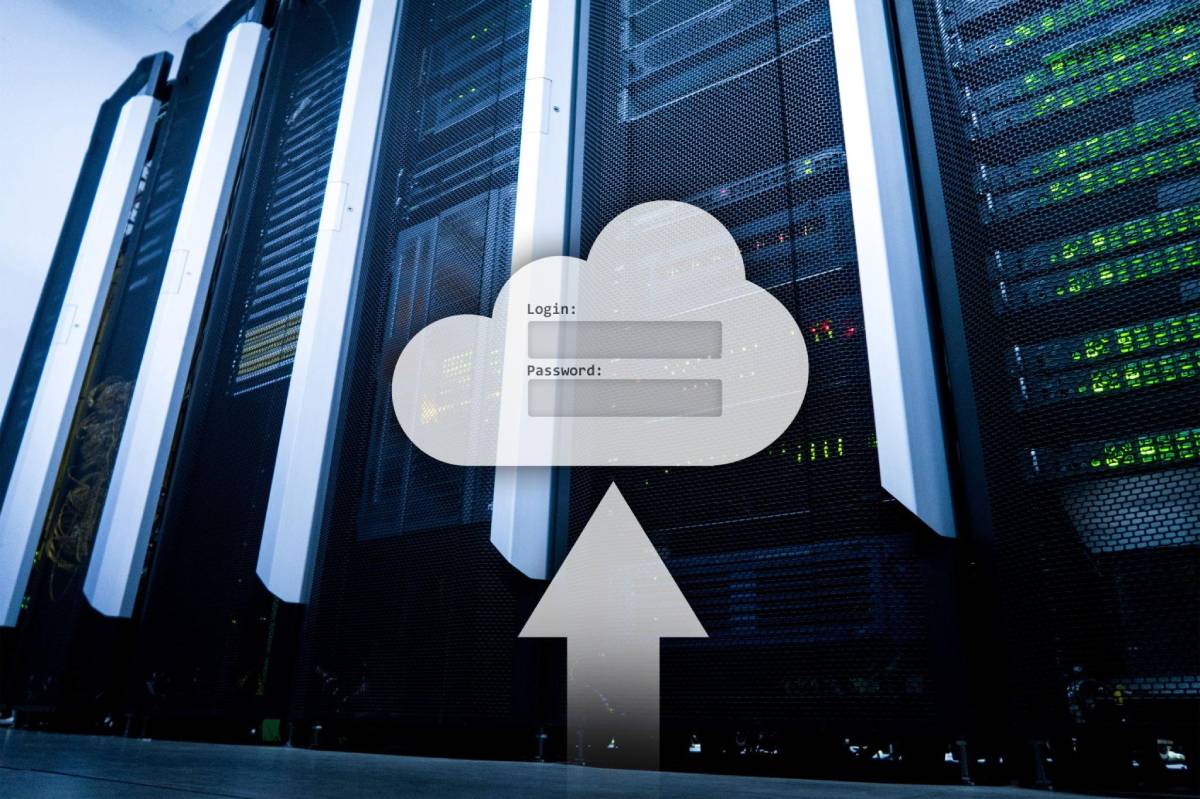In today’s digital age, cloud computing has become an essential part of businesses and individuals alike. Cloud servers have gained significant popularity among the many offerings of cloud computing. But what exactly is a cloud server, and how does it differ between free and paid options? In this article, “What is Cloud Server ? Free Cloud Server & Paid Cloud Server: Bloggingguidance.com”, we will explore the concept of cloud servers. In addition, including their features, benefits, and the key differences between free and paid cloud servers.
Table of Contents
What is Cloud Server ? Free Cloud Server & Paid Cloud Server : Bloggingguidance.com
What is Cloud Server?
A cloud server, is also known as a virtual private server (VPS), is a virtualized computing resource that runs on a remote server connected to the internet. It allows users to rent computing resources, such as processing power, storage, and memory, on a pay-as-you-go basis. Unlike traditional physical servers, which require dedicated hardware and maintenance, cloud servers are hosted and managed by a third-party provider, allowing users to access and manage their virtualized environment remotely.
Cloud servers are highly scalable, meaning users can easily adjust their resources based on their requirements, such as increasing or decreasing CPU power, RAM, or storage, without needing physical hardware upgrades. This scalability makes cloud servers suitable for various applications, from small-scale websites and applications to large-scale enterprise solutions.

Types of Cloud Servers
There are several cloud servers, each with unique characteristics and use cases. Here are some common types of cloud servers:
- Virtual Private Server (VPS)
- Dedicated Server
- Managed Server
- Clustered Server
- Storage Server
- GPU Server
- Serverless Computing
- Edge Server
- Hybrid Cloud Server
Each cloud server type has its advantages, use cases, and considerations. It’s important to carefully assess your requirements, budget, and performance to determine the most appropriate type of cloud server for your specific use case.
Difference between Cloud and Server

Cloud vs Server
Cloud and server are related concepts but have distinct differences. Here are some key differences between cloud and server:
Definition:
- A server is a physical or virtual computer system that stores and manages data, applications, and services and responds to requests from clients or users over a network. It typically consists of hardware, operating system, software, and network connections.
- The cloud refers to a network of servers that are connected through the Internet and collectively provide on-demand computing resources, such as computing power, storage, and applications, that can be accessed remotely over the Internet.
Ownership and Maintenance:
- Servers are owned, managed, and maintained by individual organizations or businesses. They may be located on-premises (in-house) or hosted in data centers. Organizations are responsible for servers’ hardware, software, security, and maintenance.
- The cloud is owned, managed, and maintained by cloud service providers (CSPs) who provide computing resources to multiple users or organizations. Users do not own or manage the underlying infrastructure but rather lease or rent resources from the CSPs responsible for the cloud servers’ maintenance, security, and availability.
Scalability and Flexibility:
- Servers have a finite amount of resources, such as computing power, storage, and memory, which the organization must provision and manage. Scaling up or down the resources of a server may require physical changes to the hardware or configurations.
- Cloud servers are highly scalable and flexible, allowing users to rapidly provision or de-provision resources based on their needs. Cloud servers can easily scale up or down, and users can pay for only their resources, making it more cost-effective and agile for dynamic workloads or fluctuating demands.
Accessibility and Location:
- Servers are typically located in a specific physical location, such as a data center or on-premises data room, and accessed over a local network or the internet. Access to servers may be limited to specific users or locations, and remote access may require additional configuration and security measures.
- Cloud servers are accessible over the internet from anywhere, at any time, using various devices, such as laptops, smartphones, or tablets. Cloud servers can be accessed from multiple locations and devices. In addition, providing greater flexibility and convenience for remote work, global accessibility, and mobile applications.
Cost and Billing:
- Servers require upfront hardware, software, and maintenance costs, as well as ongoing operational expenses, such as electricity, cooling, and IT staff. Organizations must invest in server infrastructure and may need to replace or upgrade hardware periodically.
- Cloud servers are billed based on a pay-as-you-go or subscription model, where users pay for only the resources they use without upfront costs or long-term commitments. This can be more cost-effective for small businesses, startups, or organizations with variable workloads, as they can avoid upfront investments and only pay for the resources they need.
Control and Customization:
- Servers offer a high level of control and customization, as organizations fully own and manage the server infrastructure. Organizations can configure the server hardware, operating system, software, security settings, and performance parameters based on their specific requirements.
- Cloud servers may have limitations in terms of customization and control, as the cloud service provider manages the underlying infrastructure. However, cloud servers often provide a wide range of pre-configured templates, services, and APIs that can be used to customize and configure the cloud environment based on the user’s needs.
Redundancy and Availability:
- Servers may have limitations in terms of redundancy and availability, as organizations need to implement their own backup, replication, and failover mechanisms to ensure data protection and high availability.
- Clouds are designed to provide high levels of redundancy and availability. Cloud service providers typically operate multiple data centers in different geographic locations. However, data is automatically replicated across multiple servers and storage devices to ensure data durability and availability. Cloud servers are also designed to automatically scale and balance workloads across multiple servers. However, it is to ensure optimal performance and availability, even in the face of hardware failures.
Security:
- Security is a critical consideration for both servers and cloud servers. With servers, organizations have full control over the security measures they implement, including firewalls, intrusion detection systems, access controls, encryption, and other security protocols. Organizations are responsible for implementing and maintaining the security of the server infrastructure and data stored on the servers.
- Cloud servers are secured by the cloud service provider, who implements various security measures, such as physical security, network security, data encryption, and access controls, to protect the cloud infrastructure and data. However, users are also responsible for implementing proper security measures within their cloud environment, such as configuring access controls, using encryption, and following best practices for securing their applications and data.
Backup and Disaster Recovery:
- Servers require organizations to implement their own backup and disaster recovery mechanisms to protect data from loss due to hardware failures, disasters, or other incidents. This may involve regular backups, off-site storage, redundant systems, and other measures to ensure data resilience and recoverability.
- Cloud servers often include built-in backup and disaster recovery features, such as automated backups, snapshotting, and replication across multiple data centers, to protect data and ensure business continuity. Cloud service providers typically have robust disaster recovery plans and redundant systems in place to ensure high availability and data protection.
Maintenance and Upgrades:
- Servers require regular maintenance, upgrades, and patching to ensure optimal performance, security, and stability. Organizations are responsible for managing the maintenance and upgrades of their server infrastructure, which may involve downtime, disruptions, and costs associated with hardware replacements, software updates, and other maintenance tasks.
- Cloud servers are managed and maintained by the cloud service provider, who takes care of the infrastructure maintenance, upgrades, and patching, ensuring that users always have access to the latest software versions, security patches, and performance optimizations without the need for manual intervention.
In summary, while both servers and cloud servers are used to store and manage data, applications, and services, they have distinct differences in ownership, maintenance, scalability, accessibility, cost, control, redundancy, security, backup, and maintenance. Servers provide organizations with complete control and customization but require upfront investments, maintenance, and management. On the other hand, cloud servers are owned and managed by cloud service providers, offer high scalability, accessibility, and flexibility, and are billed based on usage but may have limitations in customization and control. Understanding the differences between cloud and server can help organizations make informed decisions when choosing the right hosting option for their specific needs and requirements.
Free Cloud Server

As the demand for cloud computing has grown, some providers offer free cloud servers with limited resources and features. These free cloud servers are typically designed for users to get a taste of cloud computing without incurring costs. However, it’s important to note that free cloud servers may have performance, availability, and support limitations.
Free cloud servers usually have basic features, such as limited CPU power, storage, and bandwidth. They may restrict the number of virtual machines (VMs) or applications that can be hosted. Additionally, free cloud servers may not offer the same level of reliability and performance as paid cloud servers, as they are often used for testing or development purposes and may be subject to resource limitations or usage restrictions.
Despite these limitations, free cloud servers can be a good option for users who want to experiment with cloud computing, learn new skills, or host simple websites or applications with low traffic requirements. They can also be useful for startups or small businesses with limited budgets who need essential computing resources for non-critical applications.
Paid Cloud Server

In contrast to free cloud servers, paid cloud servers to offer more robust features, resources, and support. Paid cloud servers typically come with higher performance levels, more storage options, and better scalability, making them suitable for a broader range of use cases, including hosting complex websites, running business-critical applications, and handling high-traffic loads.
Paid cloud servers are usually offered on a subscription or pay-as-you-go basis, where users can choose from different pricing plans based on their requirements and budget. These plans often include various configurations, such as CPU power, RAM, storage, bandwidth, and operating system options, allowing users to customize their cloud server environment to meet their needs.
One of the significant advantages of paid cloud servers is the reliability and availability they offer. Paid cloud servers are typically hosted in data centers with redundant infrastructure, multiple backup options, and advanced security measures, ensuring high uptime and data protection. Additionally, paid cloud servers often come with technical support, including 24/7 customer service, troubleshooting assistance, and regular maintenance, which can benefit users who require professional help with their cloud server environment.
Key Differences between Free and Paid Cloud Servers
While both free and paid cloud servers offer cloud computing services, they have key differences. Here are some of the main distinctions:
Resources and Features: Free cloud servers usually have limited resources, such as lower CPU power, storage, and bandwidth, compared to paid cloud servers. On the other hand, Paid cloud servers offer more robust resources and features, allowing users to have higher performance levels, more storage options, and better scalability.
Reliability and Uptime: Paid cloud servers are often hosted in data centers with redundant infrastructure, multiple backup options, and advanced security measures, ensuring high uptime and data protection. Free cloud servers may not offer the same level of reliability and availability, as they may be subject to resource limitations or usage restrictions.
Support and Maintenance: Paid cloud servers typically provide technical support, including 24/7 customer service, troubleshooting assistance, and regular maintenance. Free cloud servers may not offer the same level of support, as they are often used for testing or development purposes and may not come with professional assistance.
Customization and Flexibility: Paid cloud servers usually offer more flexibility and customization options, allowing users to choose from different pricing plans, configurations, and operating systems based on their requirements. Free cloud servers may have limitations in terms of customization and flexibility, as they are often pre-configured with limited options.
Scalability and Growth Potential: Paid cloud servers are highly scalable, allowing users to easily adjust their resources based on their requirements, making them suitable for growth and expansion. Free cloud servers may have limitations in terms of scalability, as they may come with restrictions on the number of virtual machines or applications that can be hosted.
FAQs:
Name a Type of Cloud
One type of cloud is the Private Cloud. A private cloud refers to a type of cloud computing environment that a single organization exclusively uses. It is not accessible to the general public or other organizations, and the infrastructure is owned, managed, and maintained by the organization itself. The private cloud offers increased security, customization, and control over data and resources, making it suitable for organizations with specific compliance requirements or sensitive data handling needs.
Free Cloud Hosting
“Free cloud hosting” can be considered a type of cloud server, as it refers to providing cloud computing resources without any cost. It typically involves hosting applications or websites on virtualized servers that are offered for free by cloud service providers. However, it’s important to note that free cloud hosting may have limitations regarding resources, reliability, support, and scalability, as discussed in the earlier article.
Conclusion
Cloud servers are virtualized computing resources that offer scalability, flexibility, and accessibility for users. A free cloud server can be a good option for users who want to experiment with cloud computing on a budget or have simple hosting requirements. However, they may have limitations regarding resources, reliability, and support. On the other hand, Paid cloud servers offer more robust features, scalability, reliability, and support, making them suitable for a broader range of use cases, including hosting complex websites, running business-critical applications, and handling high-traffic loads.
When considering cloud servers, it’s essential to assess your specific requirements, budget, and growth potential to determine whether a free or paid cloud server fits your needs. Whichever option you choose, ensuring data privacy, security, and performance optimization is crucial to make the most out of your cloud computing experience.

